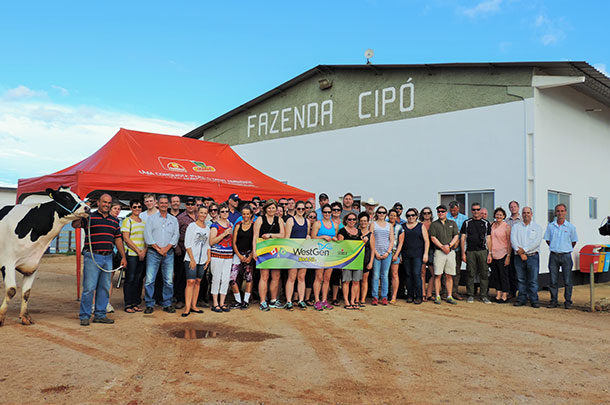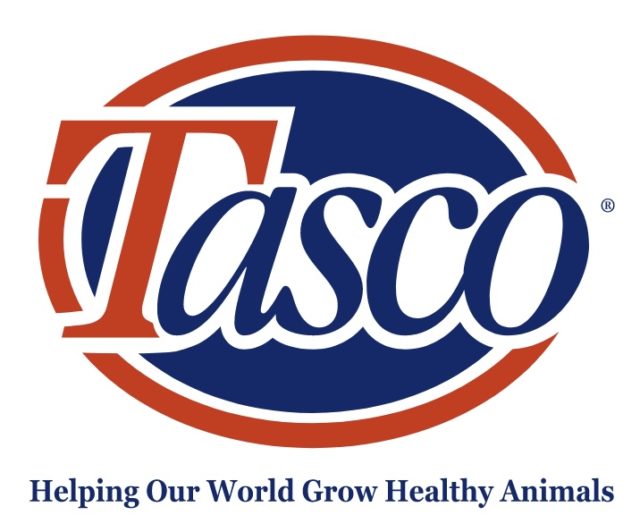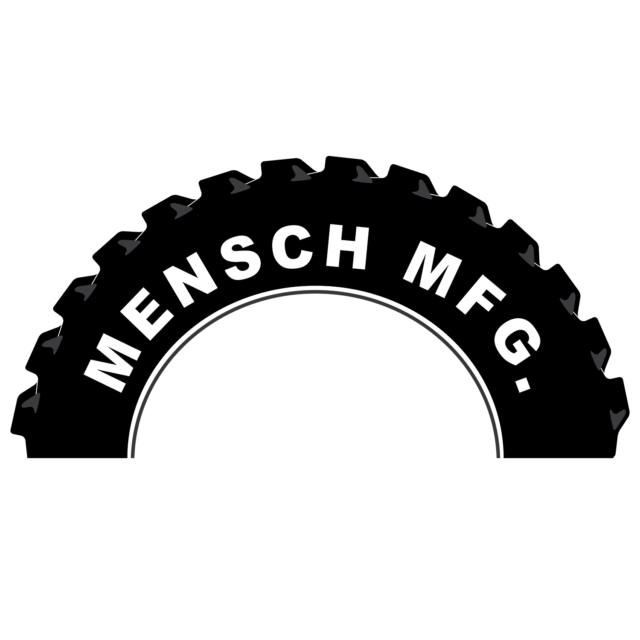Semex Brazil and Cenatte Embryos (67 percent Semex-owned) staff hosted the group for the first week as we travelled through Minas Gerais and Parana, southern states that have significant dairy industries. Our tour guides Claudio and Mauro were very well versed in the region’s agriculture industries and shared a lot of knowledge with the group as our charter buses rolled through the lush, green countryside. Late summer in this region is characterized by warm (30 to 40°C) temperatures with high humidity and regular evening thunderstorms. Their growing season is year-round, and it’s common for dairies to produce two to three crops of corn or soybeans per year from their fertile, red soil.
The focus of the two days spent near Belo Horizonte, capital city of Minas Gerais, was the Girolando breed and Cenatte’s in vitro fertilization (IVF) operations. The Girolando is a cross between the heat- and disease-tolerant Bos indicus Gir and the high milk-producing Bos taurus Holstein, ideally with five-eighths Holstein blood, although cattle with all levels of purity can be recorded in the herdbook. At Fazenda Mogiana, we were treated to a display of cattle of various purity levels, from 25 to 100 percent Gir. This herd was home to numerous elite Girolando show cows and heifers, and made good use of IVF technology. The Girolando breed society was formed more than 20 years ago, and the prevalence of the breed is demonstrated by the 1,600 head of cattle that compete at the national show.

We visited a Girolando herd that was running its own genetic proving system, in which its milking females served as recipients until their 10th lactation, at which time the best of the remaining cows were used as IVF donors. While touring the nearby Cenatte collection and recipient farm, we were all intrigued by the Guzerá and Nelore breed donors. The group witnessed an ovum pick-up (OPU) collection demonstration and observed the oocytes with a microscope, while we envied their ability to perform OPUs on-farm without a warm room. At the Cenatte office and lab, we learned about the substantial and growing IVF business that has locations throughout South America and produced more than 115,000 embryos in 2015. The producer can choose to buy embryos, contracted female pregnancies or live calves produced through IVF, and they have many clients that have replaced the use of A.I. in their milking herd with IVF embryo transfer. Cattle in this region were typically kept in grazing paddocks or large yards.
We were fortunate to squeeze in a visit to Marcelo Rigueira’s new dairy, which houses his elite Poitara Genética herd. Having imported more than 800 North American Holstein embryos, his herd was full of genetics from elite cow families such as Blackrose, Debutante Rae, Lydia, Raven, Dellia, Promis, Topper and Beauty.
The next three days were spent touring more intensive dairies in Parana, along with a couple of agricultural co-ops (Castrolanda and Coopavel). The quality of Holsteins at Fazenda Rhoelandt (an eight-time Master Breeder), Fazenda Cipo (owner of a 2014 national champion) and the farm of Robert Salomons (former Crasdale Farms employee) were comparable to Canada. These herds were kept in freestall barns with open sides and fans. They achieved daily production levels of around 35 kilograms. Semex is currently the exclusive supplier of semen to Coopavel members.

The largest dairy we saw was Melkstad, with 750 cows milked in a 48-stall DeLaval rotary and plans of reaching 2,000 cows by 2019. The cows were very comfortable in the three large sand-bedded freestall flush barns. Labour is reasonably cheap, though not always readily available. We were told milk price was R$1.12 per litre (CA$.40 per litre), and cost of production was R$1.09 per litre (CA$.39), though the price was forecasted to improve to R$1.40 (CA$.50) by the winter months. Milk transport is hindered by the poorly maintained rural roads, and this contributes to significant losses.
The Brazilian people were warm and showed us tremendous hospitality. We all thoroughly enjoyed two days in Iguazu Falls National Park at the border of Argentina and Paraguay, witnessing the falls, an incredible one of seven new natural wonders of the world, and touring the large Itaipu Dam, before heading to Rio to relax on Copacobana Beach! PD
Kristin Dahl is a product support specialist for WestGen. Email Kristin Dahl.
PHOTO 1: Western Canadian producers and a few WestGen staff members toured dairies in Brazil, including this stop at Fazenda Cipo.
PHOTO 2: These Gir heifers are the result of IVF procedures done at Cenatte Embryos.
PHOTO 3: This naturally ventilated freestall barn houses cattle at Fazenda Cipo. Photos provided by WestGen.









